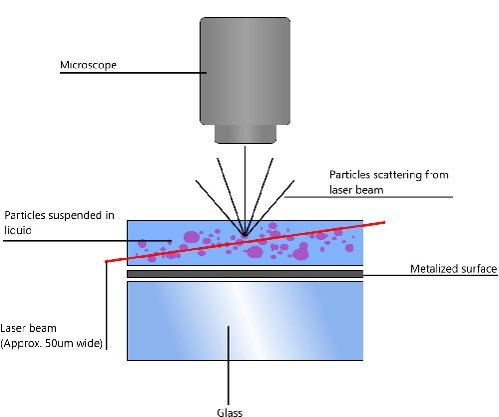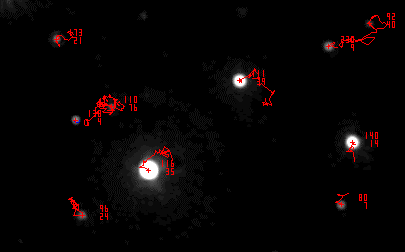Nanoparticle Tracking Analysis - NTA
Nanoparticle Tracking Analysis (NTA) utilizes the properties of both light scattering and Brownian motion in order to obtain the particle size distribution and concentration of nanoparticles in liquid suspension. The scattered light from individual particles is tracked providing the diffusion coefficient of each particle measured. This provides high resolution particle size distributions and concentration values independent of particle material.
 |
 |
|
Used in |
 Aggregation rate determination |
Read more |
Read also |
|
Visit the NanoFASE Library: NanoFASE Report D3.4 - Protocols and SOPs for ENM characterisation in all environmental compartments |
ISO standard (2016) Particle size analysis - Particle tracking analysis (PTA) method.
ASTM E2834 -12: Standard Guide for Measurement of Particle Size Distribution of Nanomaterials in Suspension by Nanoparticle Tracking Analysis (NTA). ASTM International.West Conshohocken, PA. www.astm.org
|
Contact
 Phil Vincent
Phil Vincent
Malvern Panalytical
Email: Phil.vincent@malvern.com
